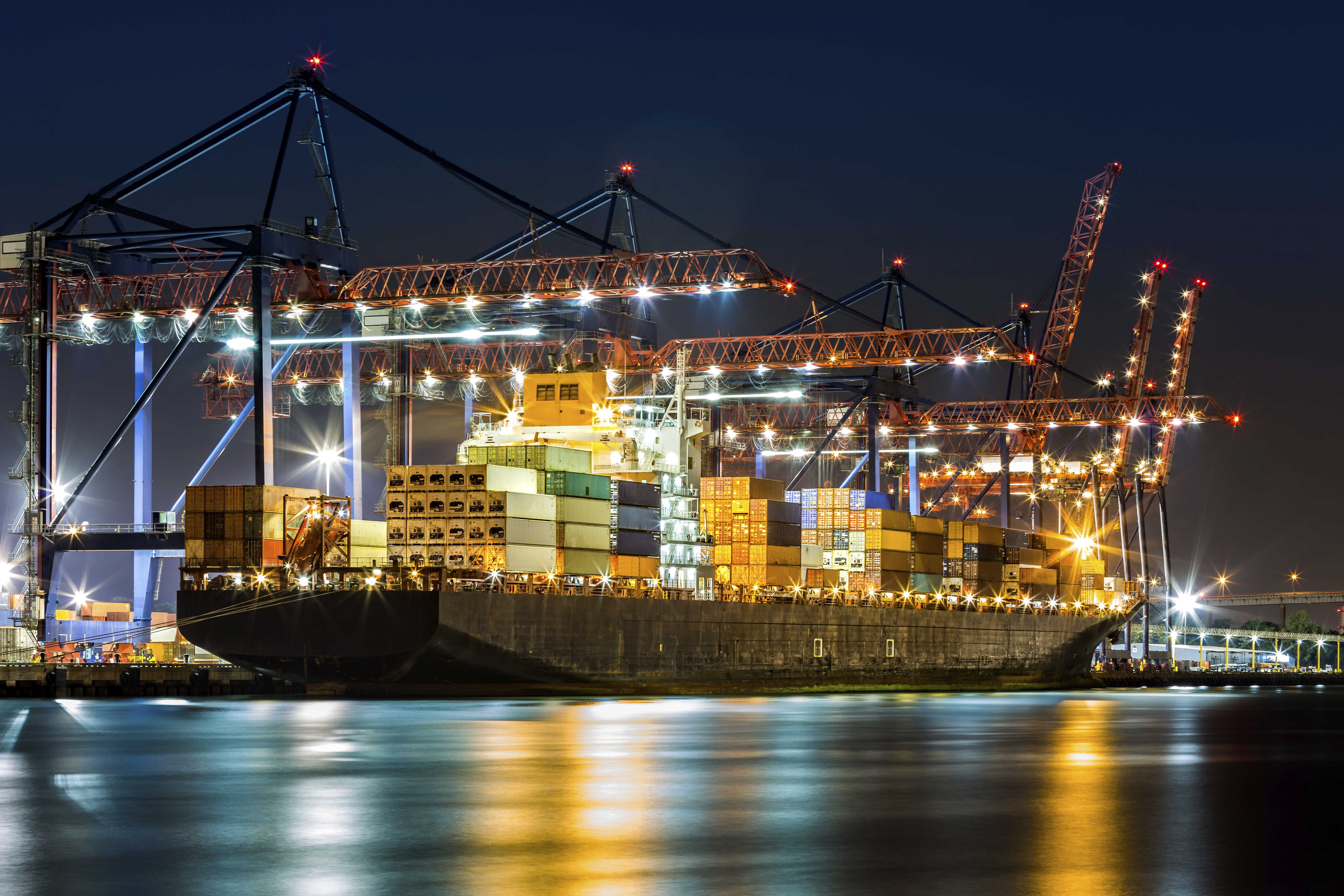
There is no doubt that big ships are driving the need of the automation at container terminals in major gateway port such as New York-New Jersey and Los Angeles-Long beach.
The Port of New York and New Jersey is the gateway to one of the most concentrated and affluent consumer markets in the world. It is the largest port on the East Coast, and the third-largest in the nation. In 2014, The Port of New York and New Jersey handled 3,342,286 cargo containers, a 5.4 percent increase in total container traffic from 2013. The Port of Long Beach is one of the world’s busiest seaports, a leading gateway for trade between the United States and Asia. The port handles more than 6.8 million 20-foot containers units (TEUs) each year and 2000 vessel calls.
Container ports fighting bottlenecks that drive up costs for shippers and keep ships at port for long periods maybe soon have a new weapon: automated systems that promised to double the hourly loading the containers. An automated crane maybe do containers move per hour and will perform at that level thought out the day. Unlike the traditional cranes, the automated crane is operated remotely from the tower, oversees in front of a computer.
As Mearsk Line CEO Soren Skou said earlier this year, “the industry is stuck at 25-30 moves per crane, per hour we haven’t had any breakthrough development that can get that to 40-50 moves per hours.”
Automated terminals are defines as terminals with at least some container handing equipment operating without direct human interaction of 100% of the duty cycle. There are several types of automated container terminal around the world but there are only two primary types:
- Automated Stacking cranes (ASCs) are rail mounted gantry cranes (RMGs) that are generally aligned perpendicular to the berth and interface with terminal at the ends of the stacks. ASC terminals are the current worlds standard for Automated containers terminals. ASCs do most of their duty cycle with no human interaction and can be driven remotely as needed.
- Cantilever RMGs. This terminal design use for large cantilever RMGs running either parallel or perpendicular to the wharf to handle containers in a very high density layout. Unlike ASC systems, the number of RMS is not fixed, for instance, land and water side rows can have a different numbers of RMG. RMGs of this type are usually serviced by manual tractors.
The less common automated terminal types includes
- Rubber Tired Gantry (RTG) Cranes – are usually manually driven with drivers on the crane, and served by manual tractors and bombcarts
- Automated straddle carrier (Autostrad) – an autostrad terminal involves using an unmanned straddle carrier as both dock crane service yard crane storage type.
- Bridge Crane Terminal – this systems allows stacking up to eight containers high, however due to the high cost of fixed infrastructure compared to an RMG system, this design has not been implemented



